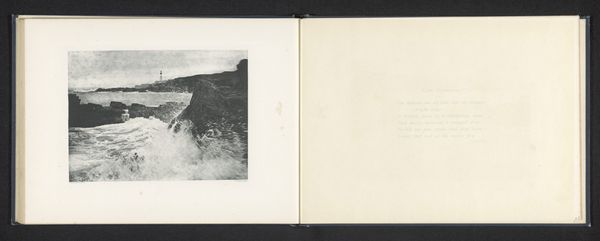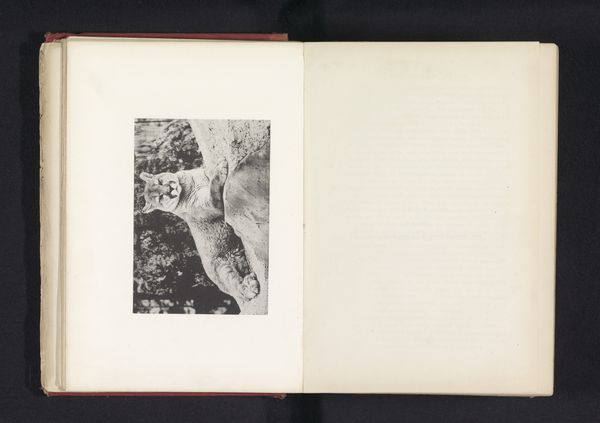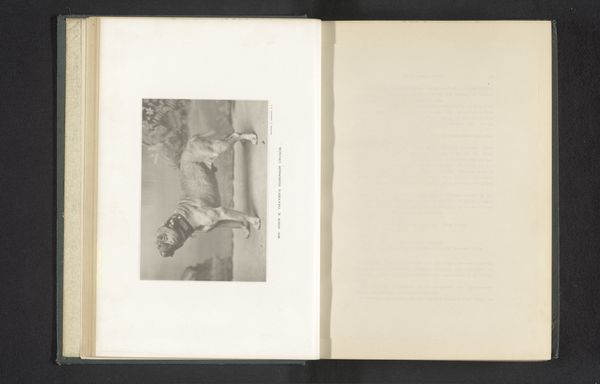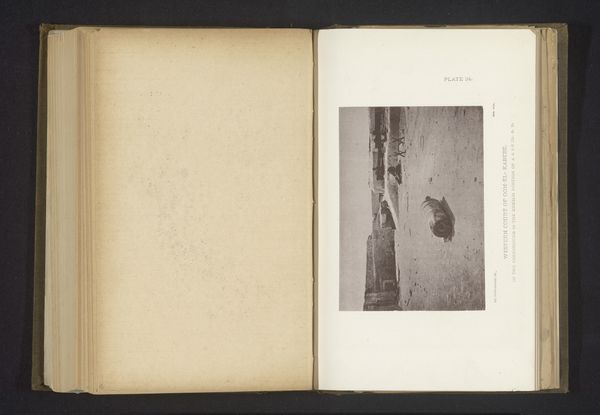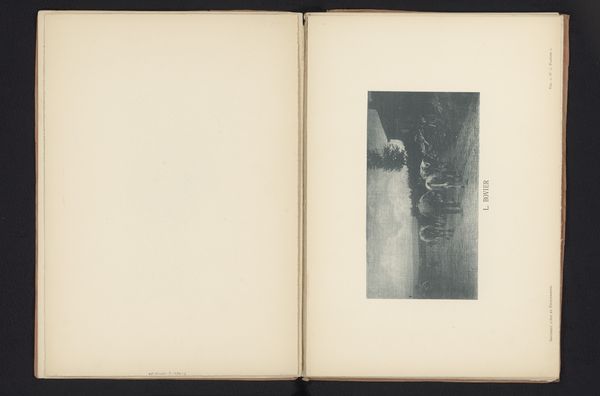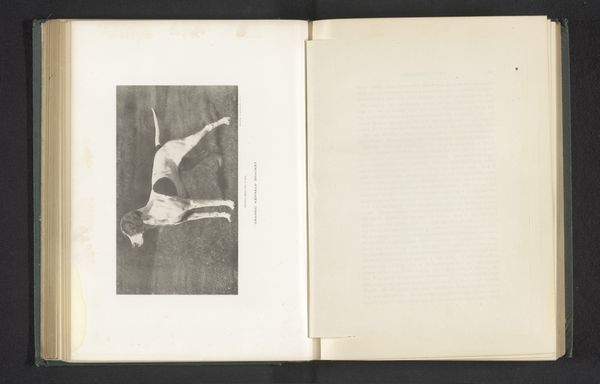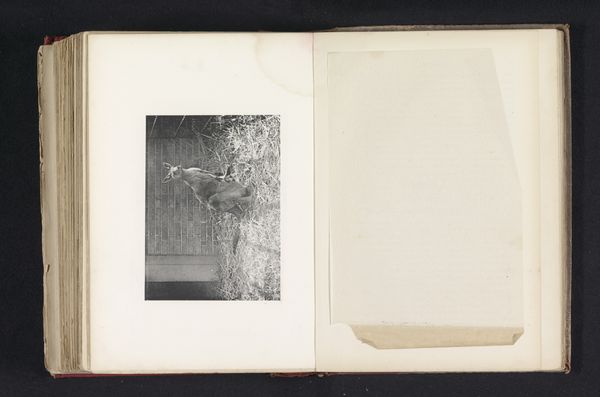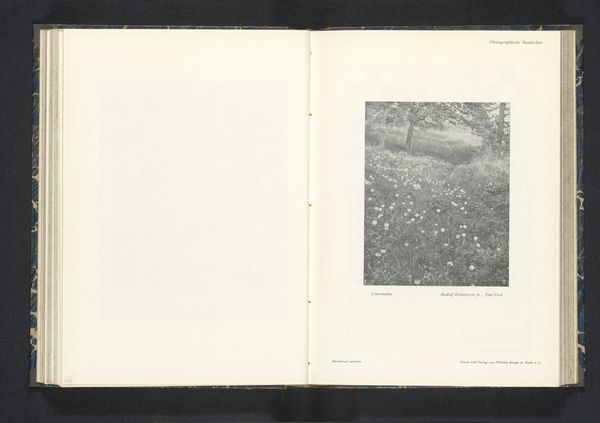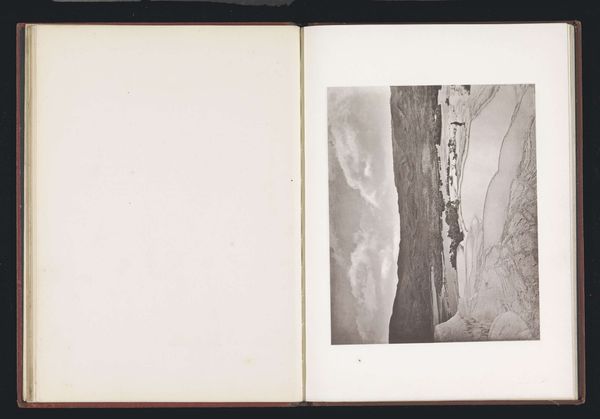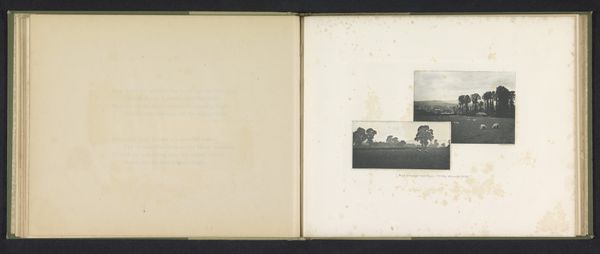
print, photography
#
dutch-golden-age
#
pictorialism
# print
#
landscape
#
photography
#
coloured pencil
Dimensions: height 149 mm, width 118 mm
Copyright: Rijks Museum: Open Domain
Editor: Here we have a photograph, “Sloot tussen twee weilanden,” or “Ditch Between Two Meadows,” created before 1899. The colouration gives it a dream-like, almost otherworldly feel. What stands out to you most when you look at it? Curator: I am drawn to how this image reflects the societal values projected onto landscape photography at the turn of the century. It wasn’t merely about capturing a scene, but about conveying national identity. Consider how carefully constructed and curated even these seemingly simple landscape shots were. Does that change how you feel about its 'dreamlike' quality? Editor: It does make me think about intention. It feels less spontaneous now. How does this idea of national identity play out in the composition itself? Curator: Notice how the ditch, the central element, dissects the land. That linear path, a clear sign of human intervention, isn't just a physical feature; it’s a marker of ownership, control, and cultivation. These images become visual tools legitimizing specific relationships between people and land, and, consequently, power structures. Consider the potential audiences viewing these photographs: what messages were subtly, or not so subtly, reinforced? Editor: So, it’s less about the beauty of nature, and more about the statement being made through the chosen perspective? That changes everything for me. Curator: Precisely! Landscape, especially in art, becomes a powerful platform for social and political commentary. Reflect on how contemporary landscape photography either reinforces or subverts these historical narratives. Editor: I'll definitely look at landscape art differently now, considering whose story is really being told. Thanks for opening my eyes!
Comments
No comments
Be the first to comment and join the conversation on the ultimate creative platform.
